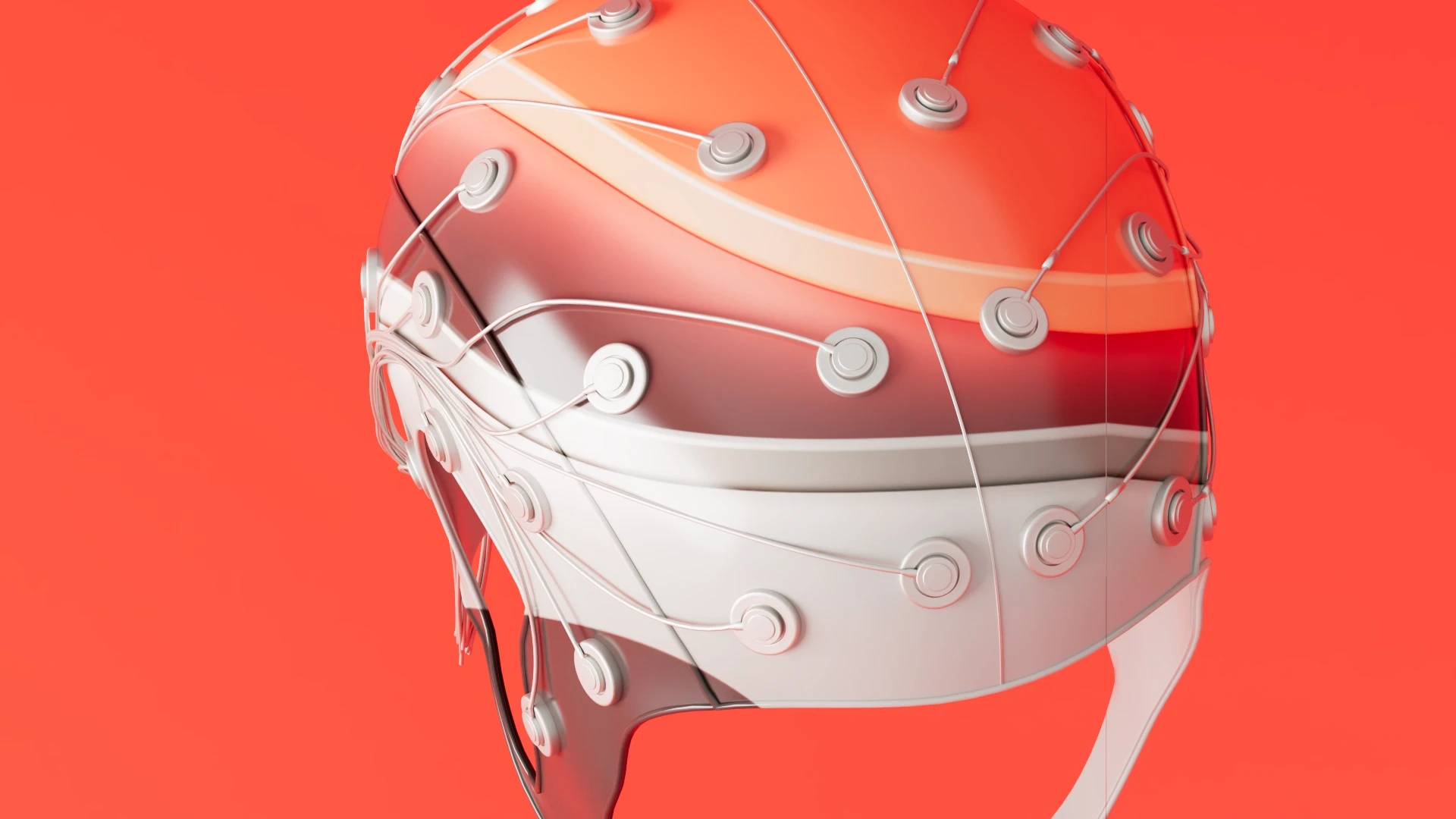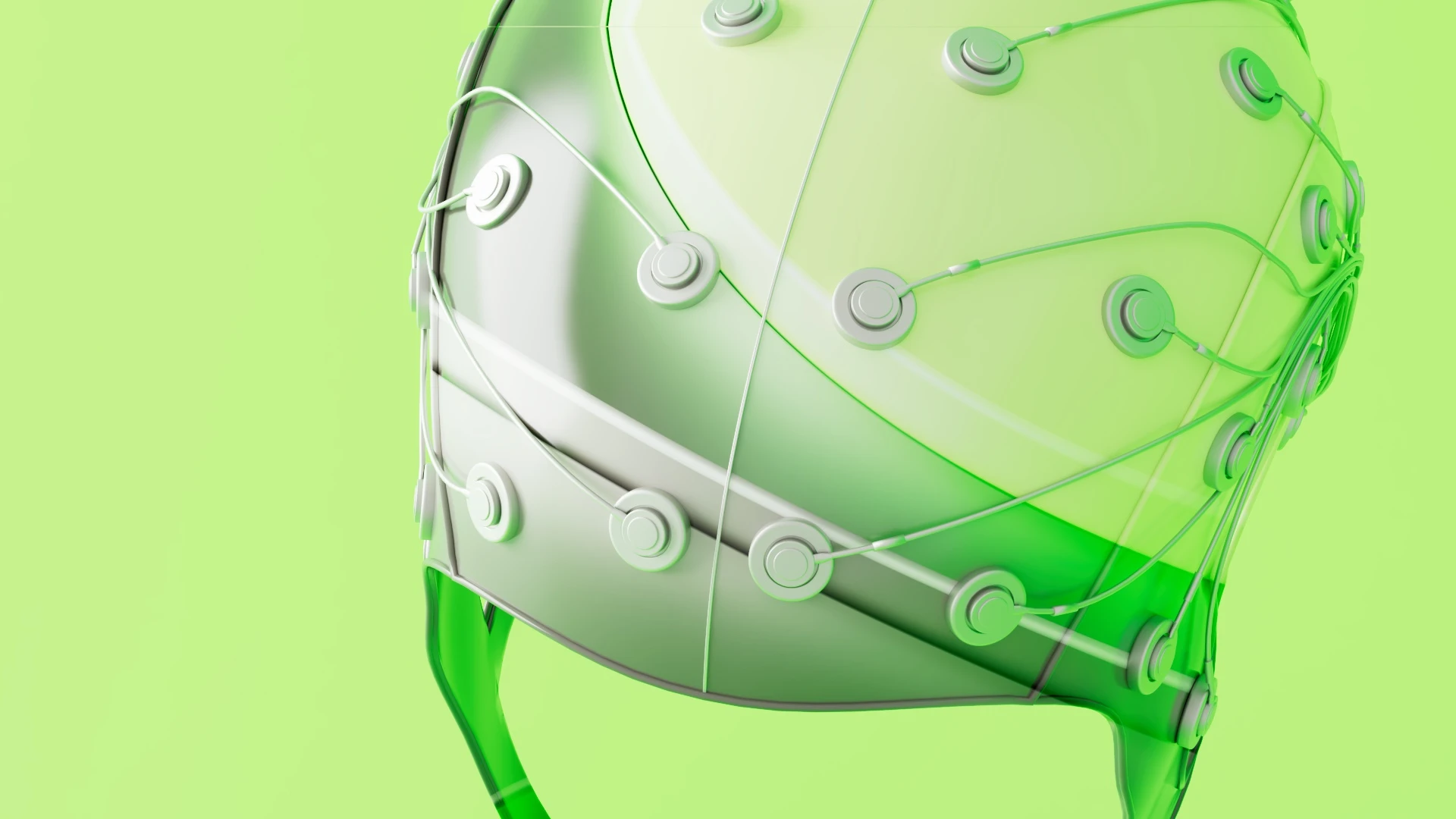
I have always been fascinated by how our brains work – this is no secret to anyone who knows me, and by knows me, I mean has had a conversation with me at some point in their lives. I think this is because the brain is still the most intricate part of who we are. Damage it, and it still finds a way to regenerate. Stimulate it, and it reconfigures itself to relearn and reteach your body how to act and open up new worlds in front of you.
I think this has also always absorbed me: no two are the same. And learning about how it works is like learning to play baseball by listening to the sounds on the field.
Inherently, it will always have an air of mystery. Because to see it truly functioning, unless we are strapped to machines, we need to pay attention and observe.
One of the things I have followed, through the nature of our work, is how people function in business. What’s important to them. What’s essential when making a decision. Do we address them as entities or individuals with converging or sometimes diverging professional and personal objectives?
The answer is complex.

Looking at the business world, I have studied the role creativity has in making or breaking businesses.
Creativity has long been associated with the world of art. An attribute correlated with the few gifted enough to see, appreciate, and create things that had never been done before. And that only a few people could recreate. It has become, in time, through a perpetuated vernacular in the business world, an association with the soft, the sensitive, and the emotional. Almost pushed away from the hard-edged business world.
Businesses who understand the true power of brands and the inherent creativity of building a company that can stand the test of time can tell you this couldn’t be further away from the truth. And this happens because they are consistently outperforming their competitors. They are more innovative, open-minded, and ‘awake’ to what is happening around them and what they must do to get ahead of the curve and stay there. Some are seen as disruptors that materially change the world around them. And some are unseen but still play the same disrupting role. These usually are our clients, the ones that build and shape the world around us.




If more proof was needed that companies that embrace creativity drive better results than their competition, the analysis of where creativity stems in our brains is telling in itself.
Creativity involves multiple regions of our brains: the prefrontal cortex (PFC) – the most evolved one, the temporal lobe, the parietal cortex and the cerebellum. It activates highly complex cognitive processes, making our brain integrate planning, decision-making, working memory, emotions, spatial processing and attention, visual-spatial creativity, sensory information, and motor output. It also represses irrelevant information to enhance focus. At a glance, all the attributes we need to innovate, see ‘unseen’ ways and chart successful paths forward.
To make things better, research has found that creativity is associated with increased alpha brain waves associated with relaxation. So the more open we are with not doing things in a way just because they’ve always been done like that, the happier we and our people are.
My true belief, with vast amounts of research backing it, is that the core of our business, creativity, is the key to business performance.
Creativity = clever = success.


